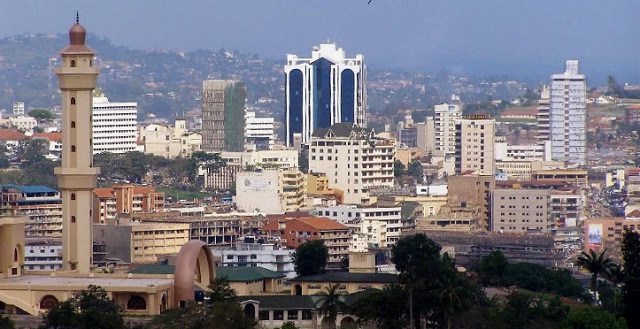
Planning buzzwords like `smart cities’mean little if the theories behind them benefit only a few
COMMENT| CHRISTINE AUCLAIR & MAHMOUD AL BURAI | Cities, the American-Canadian author Jane Jacobs once observed, are engines for national prosperity and economic growth. But in their current form, modern cities are also catalysts of inequality and environmental degradation. Today, the share of city dwellers in poverty is growing; 33% live in slums; and 75% of global carbon dioxide emissions originate in metropolitan areas. Statistics like these should give us pause: Are cities really the best way to organise human life?
They can be, but only with significant adjustments to how they are planned, built, and managed. For city-led growth to empower a sustainable, prosperous future, governments and developers must reintroduce a user-centered approach to urbanisation.
Today, most cities fail to include key stakeholders in the planning process, leading to exclusionary development. Consider the ubiquitous housing project on the edge of town, a characteristic of many poorly planned cities. Built in the middle of nowhere, these multi-unit eyesores are often cut off from public transportation and other services, compounding residents’ isolation from the urban core.
But design flaws like these, which have both economic and social implications, are just the beginning. Even more worrying to urban planning professionals like us is that in many places, the entire planning process – the way we think about cities, how they are used, and by whom – is flawed.
Even the world’s best-intentioned planning departments do not always put the public first. Part of this reflects uncertainty about who “owns” a city. Residents might call a city “theirs,” but government leaders often act in ways that suggest otherwise. For example, a government seeking to attract investment might equate economic interests with residents’ needs, and thus lower environmental standards or tax burdens for businesses. Such decisions might, however, lead to deurbanisation, with people leaving cities as they become less livable.
The gap between economic viability and environmental responsibility can be especially wide. Consider the production of traditional, gasoline-powered cars. Although this type of industry might power some cities’ growth today, the public’s growing concern about CO2 emissions from these vehicles is spurring changes in consumer demand. Businesses that can capitalise on such shifts will be better positioned for long-term growth.
Unfortunately, for-profit entities typically fail to see future generations as tomorrow’s customers. Their short-term vision not only hurts their bottom line; it also affects cities, by trading immediate gain for quality of life.
So, what can be done to ensure that urban planning is conducted with the interests of cities’ actual users – particularly their residents – in mind?
Most cities lack a democratic planning process, and in many large metropolitan areas, inequality is sewn into the social fabric. So institutionalising participatory planning must be the starting point. Programs that safeguard local democracy by encouraging transparency and accountability are critical. Residents who are equipped with the knowledge and means to express their views on issues affecting their communities make better neighbours. And planning discussions that take their views into account produce better design. Because leaders everywhere, under any type of political system, are judged by the livability of the places they oversee, an inclusive planning process should be every city’s goal.
With participatory planning as a starting point, governments and residents can move toward building cities that are more strategically linked to their surrounding regions and areas beyond. This type of growth is not only about transportation links, but also about coordinating policies and actions across sectors, including housing, social services, and banking. In this way, regional roles and responsibilities become more clearly defined, with finite resources allocated strategically, equitably, and according to a common agenda.
Too often, cities manage resources in bureaucratic silos, which can increase competition among precisely those who must work in concert if the urban areas they regulate are to invest wisely and implement policies effectively. Local autonomy can be achieved only through strong regional cooperation and coordination.
Urban sprawl is a good example of why a regional approach to planning is critical. Limiting sprawl requires a coordinated territorial strategy, so that cities can address common concerns, like the transportation of goods, clustering of housing and services, and management and placement of industrial corridors. Inter-municipal cooperation can also achieve economies of scale by discouraging unnecessary competition.
Many urban areas are being designed as “cities for the rich,” rather than population centers for all. This is gradually encouraging social segregation and threatening the security and safety of residents. Planning buzzwords like “smart cities” and “sustainable urban development” mean little if the theories behind them benefit only a few.
As Jacobs predicted, the “city” will remain the world’s engine of economic growth and prosperity for many decades to come. But if that engine is to run most efficiently, the mechanism powering it – the urban planning process itself – will need a tune-up.
****
Christine Auclair is project leader of the World Urban Campaign at the United Nation Human Settlements Programme (UN-Habitat). Mahmoud Al Burai is CEO of the Dubai Real Estate Institute, an arm of the Dubai government.
 The Independent Uganda: You get the Truth we Pay the Price
The Independent Uganda: You get the Truth we Pay the Price



